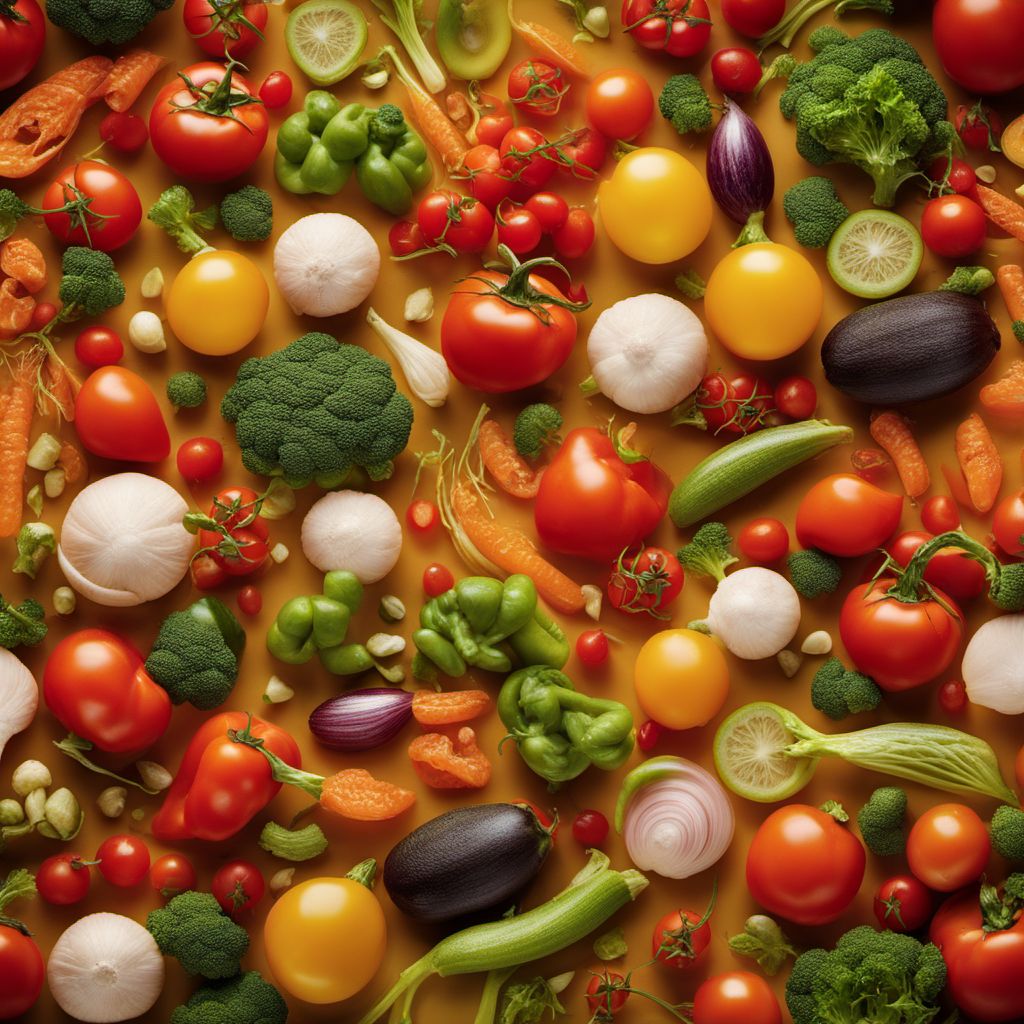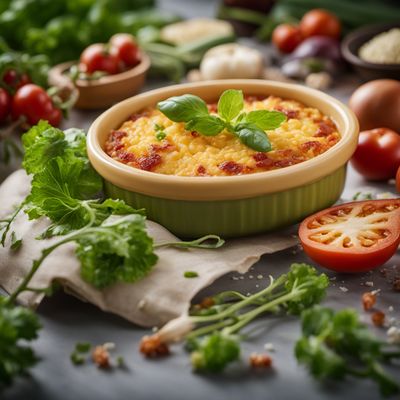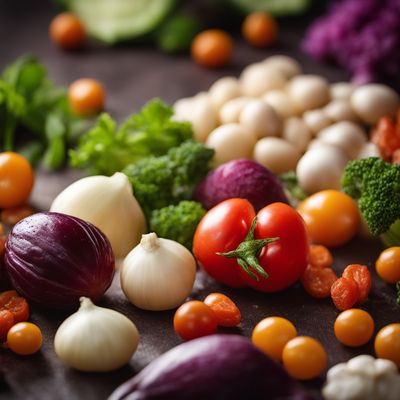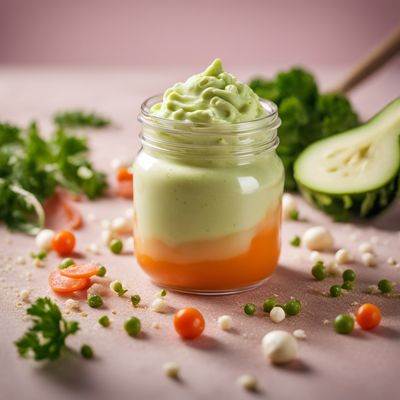
Ingredient
Vegetable casserole
The Art of Vegetable Casseroles
Vegetable casseroles are hearty and flavorful dishes that showcase the natural goodness of vegetables. Whether it's a comforting potato and cheese casserole or a vibrant medley of seasonal vegetables, these dishes are a versatile way to incorporate more plant-based goodness into your meals.
Origins and history
The concept of casseroles dates back centuries, with various cultures around the world having their own versions of this comforting dish. Vegetable casseroles have been enjoyed in many cuisines, from Mediterranean ratatouille to Indian mixed vegetable curry. They are often associated with home-cooked meals and are a popular choice for potlucks and family gatherings.
Nutritional information
Vegetable casseroles are packed with essential vitamins, minerals, and dietary fiber. They are low in calories and fat, making them a healthy choice for those looking to incorporate more vegetables into their diet. The nutritional content of a vegetable casserole will vary depending on the specific vegetables and ingredients used.
Allergens
Vegetable casseroles are generally free from common allergens like gluten, dairy, and nuts. However, it is important to be mindful of any specific allergies or dietary restrictions when selecting ingredients for your casserole.
How to select
When selecting vegetables for a casserole, choose those that are fresh, firm, and free from blemishes. Opt for seasonal vegetables to ensure the best flavor and nutritional content. Consider the cooking time of each vegetable and cut them into uniform sizes for even cooking. Additionally, choose a variety of vegetables to add depth and complexity to your casserole.
Storage recommendations
To store a vegetable casserole, allow it to cool completely before transferring it to an airtight container. Refrigerate the casserole for up to 3-4 days, or freeze it for longer storage. Reheat the casserole in the oven or microwave until heated through before serving.
How to produce
Producing a vegetable casserole is a straightforward process that involves selecting, preparing, and combining vegetables with seasonings and other ingredients. Start by washing and chopping the vegetables, then sauté or roast them to enhance their flavors. Layer the vegetables in a baking dish, add any desired sauces or toppings, and bake until the casserole is cooked through and golden brown.
Preparation tips
When preparing a vegetable casserole, consider adding herbs, spices, or cheese to enhance the flavor. Experiment with different vegetable combinations and seasonings to create unique and delicious variations. For a creamy texture, consider adding a sauce or cheese to bind the vegetables together. Top the casserole with breadcrumbs or grated cheese for a crispy and golden finish.
Culinary uses
Vegetable casseroles are incredibly versatile and can be customized to suit various dietary preferences and cuisines. They can be enjoyed as a main course, side dish, or even as a filling for sandwiches or wraps. Vegetable casseroles are commonly found in Mediterranean, Middle Eastern, and Indian cuisines, but their popularity extends to many other regions as well.
More ingredients from this category

Ratatouille
"A Symphony of Mediterranean Flavors: Exploring the Delights of Ratatouille"

Vegetable soufflé
"Garden Delight: A Fluffy Vegetable Soufflé"

Vegetables, gratinated
Savory Baked Delights

Mixed vegetables
Vibrant Medley: Exploring the Colors and Flavors of Mixed Vegetables

Creamed vegetable mix
"Velvety Medley: Exploring the Creamed Vegetable Mix"